Spring marks the return of wildlife across the north and north-east of Scotland
“Go outside, to the country, enjoy the sun and all nature has to offer,” wrote Anne Frank – a young, Jewish teenager forced to go into hiding with her family during the Holocaust.
Over 80 years on and those beautiful words, penned by Anne in her world famous wartime diary, still powerfully resonate.
In our ever changing and chaotic world, one source of serenity, hope and positivity remains: spring, when wildlife reawakens and the flowers bloom.
From birds and bumblebees to basking sharks and butterflies, Your Life has spoken to three wildlife champions to find out why we should all be getting outside and celebrating this incredible new season and what we should be looking out for.
Bea Ayling, conservation officer with the RSPB
Listening to screams coming from the skies above may spark fear in most people but for Bea Ayling it’s the glorious sound of spring.
Eating, sleeping, bathing and even mating in flight, swifts are aerial acrobats that deeply fascinate Bea, a conservation officer for the Royal Society for the Protection of Birds (RSPB).
Based in Inverness, Bea says there’s something truly magical about the change of season from winter to spring when birds like swifts migrate back to Scotland from Africa.
“I love all birds but I especially love the swifts,” says Bea.
“They arrive back in early May and they’re just amazing birds.
“They never actually land on the ground at all, they sleep in flight, they mate in flight, they’re amazing and their little faces are so cute.
“They’re also known as the screamers as they make this screaming sound which is very distinctive.”
From London to Inverness
Bea’s life as a conservation officer with the RSPB – covering everywhere from the Black Isle and Caithness to Skye, Sutherland and Wester Ross – is a world away from her childhood growing up in the centre of London.
“I’ve always loved wildlife,” says Bea.
“I grew up in central London so when I was young I loved getting out to the parks and getting out of London to the countryside.
“When you live in London you really appreciate the countryside more.
“It really inspired me to get involved with wildlife conservation.”
Dream job
This deep affinity for wildlife turned out to be life changing for Bea who studied zoology and conservation at university before working in various roles for the RSPB before landing her dream job in Inverness.
“As part of my role I manage a project that looks after about 40 artificial rafts (nests) for black throated divers which are wetland birds that breed on our Highland Lochs,” says Bea.
“I also co-ordinate the monitoring of the tern species across the Moray Firth as well as a species protection project in Brora for breeding arctic tern.”
For Bea, spring is one of the most exciting times of the year when the birds migrate back to Scotland after spending their winter in warmer climes.
“It’s an exciting season for wildlife,” says Bea.
“Everything is heating up towards the breeding season for birds so in March and April all the birds are either returning back to our shores to breed.
“You’ll see common birds like blackbirds or house sparows carrying material to build their nests which are usually in hedges.
“You’ll also start to hear birds like skylarks singing in order to attract mates.
“This is when everything starts to kick off for the summer.”
Cuckoos
Swallows, small birds with dark, glossy-blue backs, red throats, pale underparts and long tail streamers will also start to reappear as will sand martins which have distinctive dark brown upper parts and dark under wings.
“When people are out and about walking their dogs in woodland or moorlands they’ll also start to see wheatear and willow warblers as they come back from their Sub-Saharan wintering ground in Africa.”
In the uplands and moorlands, people should also listen out for cuckoos.
“In April and May that’s when cuckoos will start calling,” says Bea.
“That’s a very recognisable sound.”
RSPB nature reserves
Although there’s plenty of birds to admire from our own doorsteps, those who wish to explore further afield are sure to enjoy a trip to one of RSPB natures reserves.
“We’ve got the Loch Garten Nature Centre which is in the Cairngorms where there are cameras where you can watch the Osprey,” says Bea.
“It’s a beautiful location.
“We’ve also got reserves in Udale Bay, Nigg and Culbin Sand which are coastal mud flat sites where you can see the waders, geese and ducks.”
Nature on the doorstep
But people don’t need to travel to a nature reserve to enjoy wildlife though as Bea says there’s plenty of ways to attract it on your doorstep.
“Birdboxes are a good start and bird feeders,” says Bea.
“Little ponds are also great as the birds can wash and they’re also really good for frogs, newts and other nature.
Bea believes lockdown has played a huge part in opening people’s eyes and minds up to the wonder of nature.
“I think when we were only allowed one outdoor trip a day people started to really appreciated having nature on their doorstep,” says Bea.
“People are really getting out into nature and experiencing it which is good.
“If you want to conserve nature you need to get people to appreciate it.”
Dr Mark Young, member of The Scottish Wildlife Trust
Like the David Attenburgh of Aberdeenshire, listening to Dr Mark Young eloquently talk about the beauty of wildlife is cathartic.
As a retired biologist, former Aberdeen University lecturer and one of the UK’s foremost microlepidopterists, – a branch of entomology concerning the scientific study of moths and butterflies – wildlife to Dr Young is the essence of everything.
“I believe that it’s extraordinarily important that nature thrives and that everybody has a chance to enjoy it,” says Dr Young, who lives near Oldmeldrum.
“I can’t understand why other people don’t find it utterly fascinating.
“We need to do better by nature and we need to recognise how amazingly fascinating it is.”
Creepy crawlies
From creepy crawlies and birds to flowers and trees, everything about nature sparks a sense of awe in Dr Young who is a long serving member of the Aberdeenshire branch of the Scottish Wildlife Trust.
Chatting to Your Life while watching the birds in his garden, Dr Young says it brings him a great sense of calm.
“Wildlife almost forces mindfulness on you,” says Dr Young.
“I’m looking at a bird on one of my bird feeders and I’m not worried about myself, I’m watching this little bird doing its own thing.
“We share our world with them and it’s so lovely to watch them and see all the curious things that they do.
“Wildlife gives you all of these other things to think about rather than just concerning yourself with yourself.”
Glorious bird song
One of the first signs that spring has arrived is the distinctive sound of the oyster catchers.
“The very first thing I notice is their peeping call in the morning as I’m waking up,” says Dr Young.
“I’ve also heard the thrushes singing beautifully so there are signs that nature is waking up to Spring as far as the birds are concerned.”
Creepy crawlies are also making a come-back, much to Dr Young’s excitement.
“Almost all creepy crawlies tend to come out at this time of year,” says Dr Young.
“Spiders are beginning to be much more active.
“Sometimes we get annoyed with spiders in our house but they don’t do any harm to us, they feed on flies.
“I’ve also seen one or two beetles scurrying about too – everything is beginning to come out.”
Butterflies and moths
As an esteemed entomology expert, Dr Young is also delighted by the sight of butterflies reemerging.
“Small tortoise shell and peacock butterflies are the two species that people might see before long,” says Dr Young.
Moths are also back on the scene this spring.
“In our part of Scotland we have around 25 species of butterfly and around 500/600 species of larger moths, the sort of things that come into your bathroom and annoy you but they’re not damaging to us,” says Dr Young.
“There are about 600-700 species of smaller moths in north-east Scotland but the vast majority are never seen by us because they’re small and crypic.
“My real passion is for small moths because they’re less well studied and fewer people know about them.”
Local nature reserves
Frogs are also leaping back into the spotlight.
“In late March into April we’ll begin to see the first frogs and frog spawn around ponds,” says Dr Young.
“So if you stand and listen at night you can often hear the frogs croaking.”
Although a firm believer that wildlife can be enjoyed everywhere, Dr Young says there are some local Scottish Wildlife Trust nature reserves people can visit.
“In the Aberdeen area there are three main reserves,” says Dr Young.
“Longhaven Cliffs, up near Peterhead, is a reserve of the Scottish Wildlife Trust with a lovely footpath that runs the length of the cliff so not only do you get very nice views of the sea but you can also see some of the old quarries.
“As the spring begins the sea birds start to come in, so you’ll begin to see the guillemots, the razerbills and the kittiwakes and perhaps a wee bit later on but if you’re lucky you’ll see some puffins.”
Gight Wood
To see the wildflowers blooming, Dr Young says a trip to Gight Wood, on the slopes of the River Ythan between Methlick and Fyvie, is a must.
“The blackthorn has the most wonderful white flowers and later on it develops the sloe berries which come out late into the Autumn,” says Dr Young.
But you don’t have to travel far to enjoy the wonder of nature.
“I want to emphasis that most people see most of their wildlife in what surrounds them every day.”
Shane Wasik from Basking Shark Scotland
Spotting the triangular shaped fin slowly breaking the surface of the water evokes not terror but sheer elation in Shane Wasik.
Ever since watching the infamous 1975 film Jaws – where a killer shark unleashes chaos on a beach community off Cape Cod – Shane has been fascinated by the often unfairly persecuted animals.
In fact Shane was so fascinated by sharks that he went on to set up Basking Shark Scotland, an Oban based company offering eco-conscious wildlife adventure tours where people can swim with sharks in the Hebrides and beyond.
“It’s exciting when you see the basking sharks,” says Shane, a former diver who fed the sharks at Deep Sea World in North Queensferry.
“You see lots of different reactions though as some people are scared as the sharks can be as big as the boat, up to 10 to 12 metres – they’re huge animals.
“And the triangular dorsal fin can be over a metre high and provokes certain feelings in people but on the whole people are super excited to see them.”
Sharks return to Scottish waters
Spring is an exciting time for basking sharks in Scotland as they return to our waters from the sub tropics.
Keen to dispell the myths around sharks and their penchant for attacking humans, Shane points out that basking sharks instead eat microscopic animals called zooplankton.
“Plankton blooms in spring and that’s generally when the basking sharks turn up,” says Shane.
“Generally the main place to see them is on the west coast and there’s a marine protected area for them between Mull and the Isle of Skye.
“You can also see them around Orkney, Shetland and the Moray Firth.
“Sometimes in the late summer/early autumn we’ll get some late sightings around the north-east coast.”
Tricky to spot
Unlike dolphins and whales, basking sharks only tend to surface when feeding so they can be difficult to spot.
During the spring/ summer, Shane moves his operations to the Isle of Coll where he takes people out and into the water to see the majestic animals.
“Most people are blown away, it’s life changing to see them,” says Shane.
They are related to the white shark so when you see a silhouette going past with its mouth closed it looks like an absolutely massive predatory shark.”
Video
Shane hopes that through education and awareness, sharks will be seen in a more positive light.
“Every year in the spring, basking sharks turn up and the headline will be sharks stalks coastline and it portrays them in this negative light which is always a tricky thing to try and change,” says Shane.
“But I think in Scotland we’ve got a slightly different attitude because basking sharks are more well known and people understand that they are filter feeders.”
Already a subscriber? Sign in
[Spring marks the return of wildlife across the north and north-east of Scotland]
[[text]]

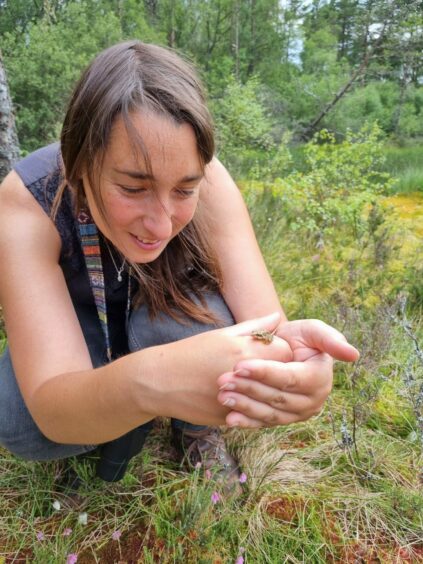
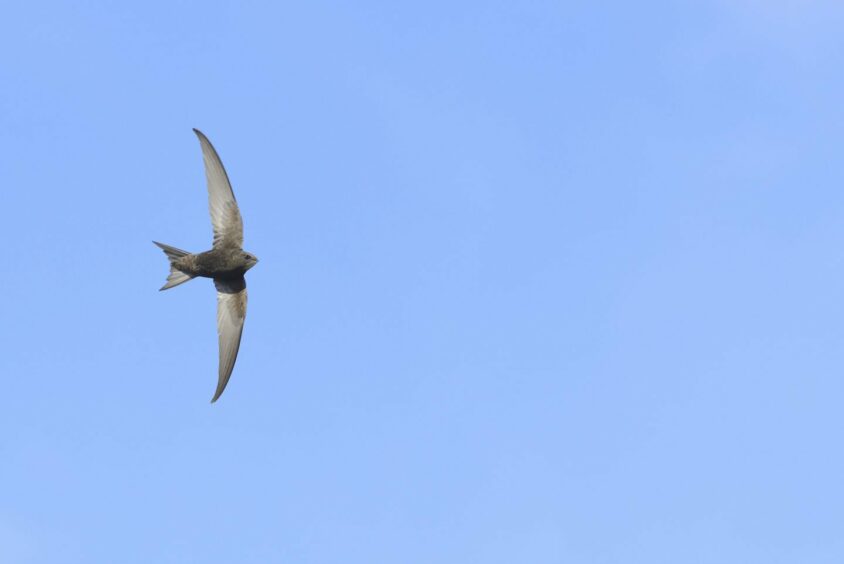
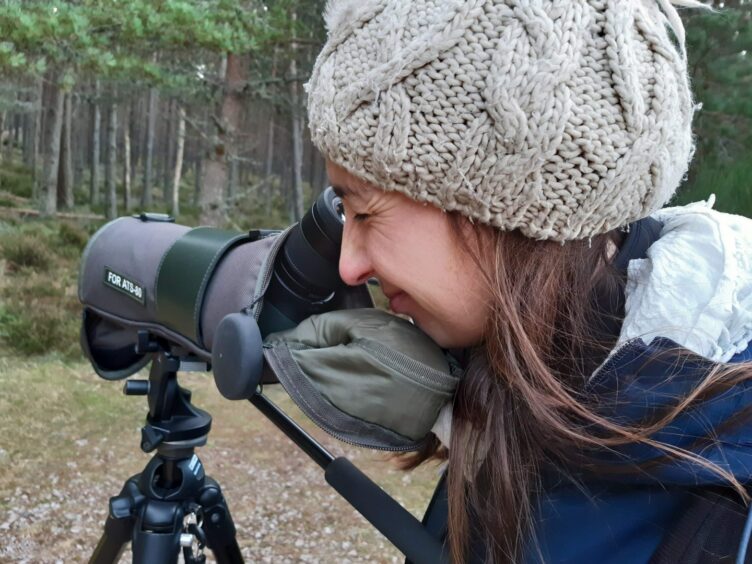
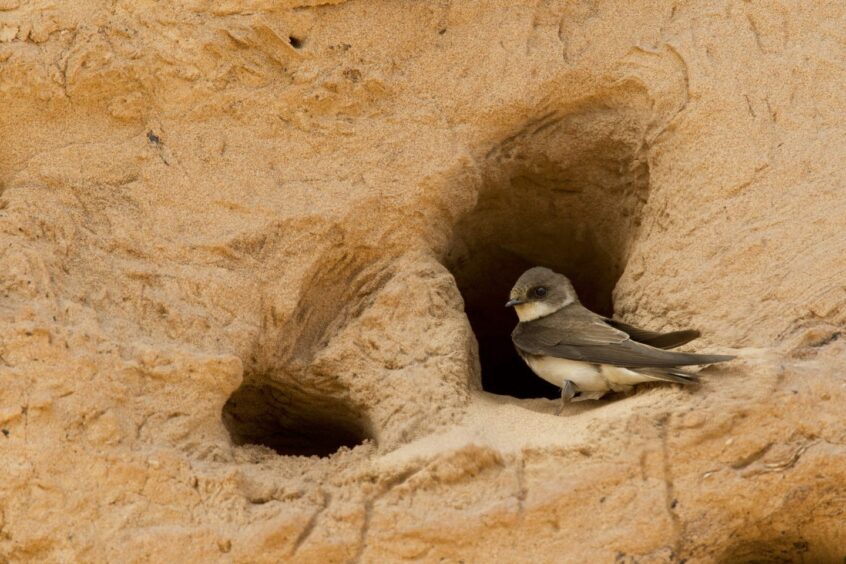
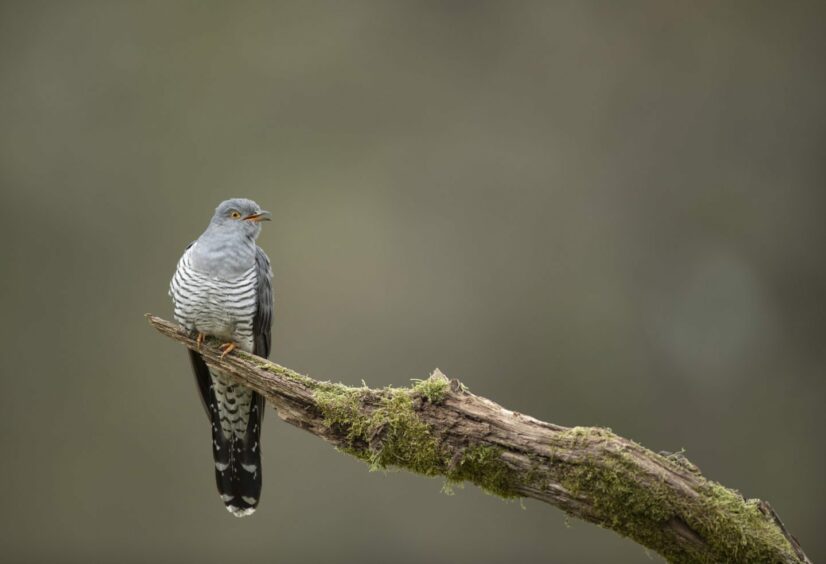
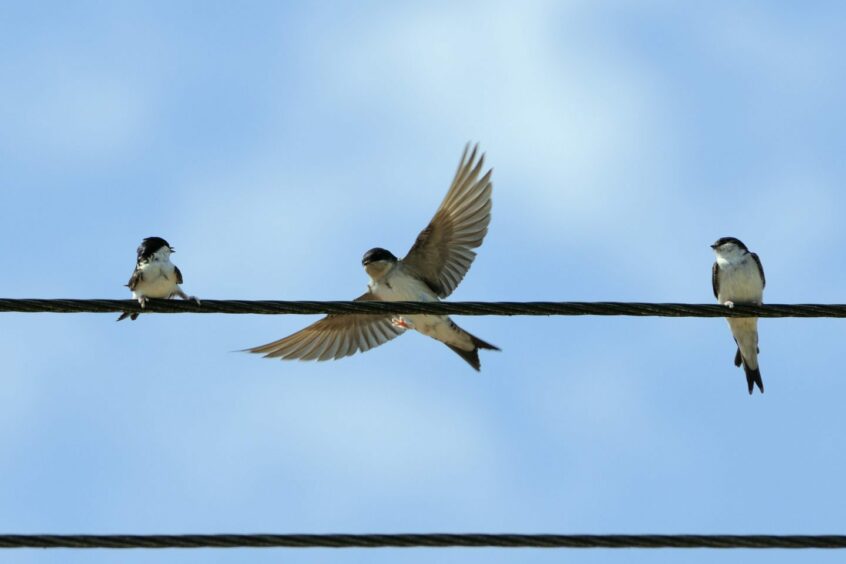
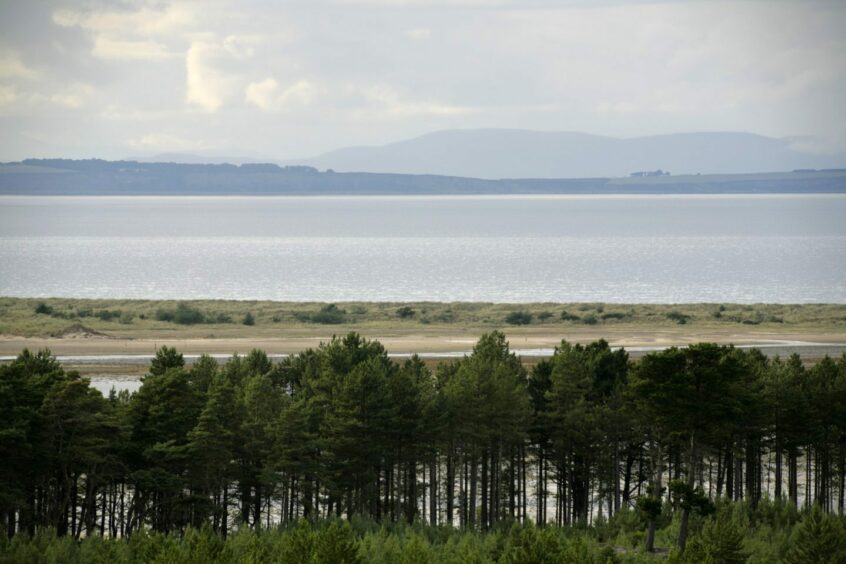
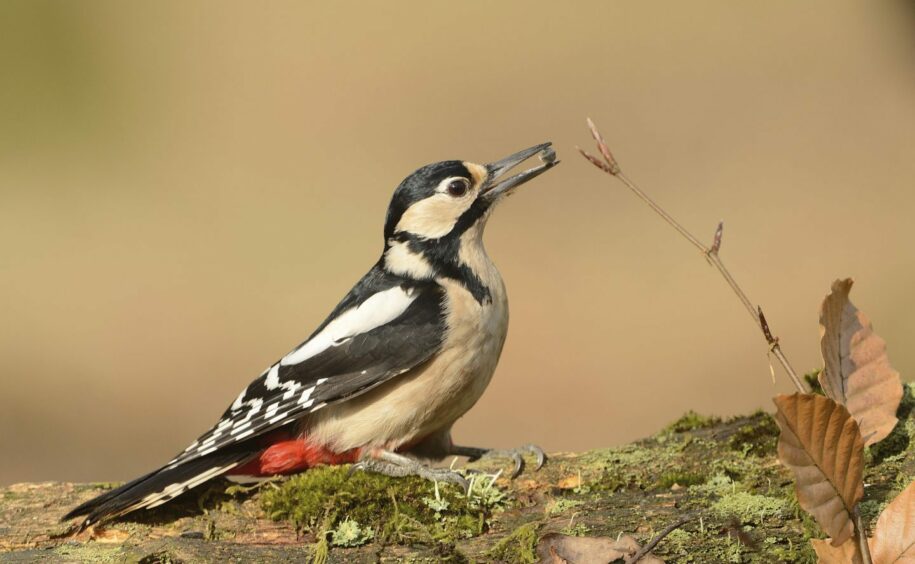
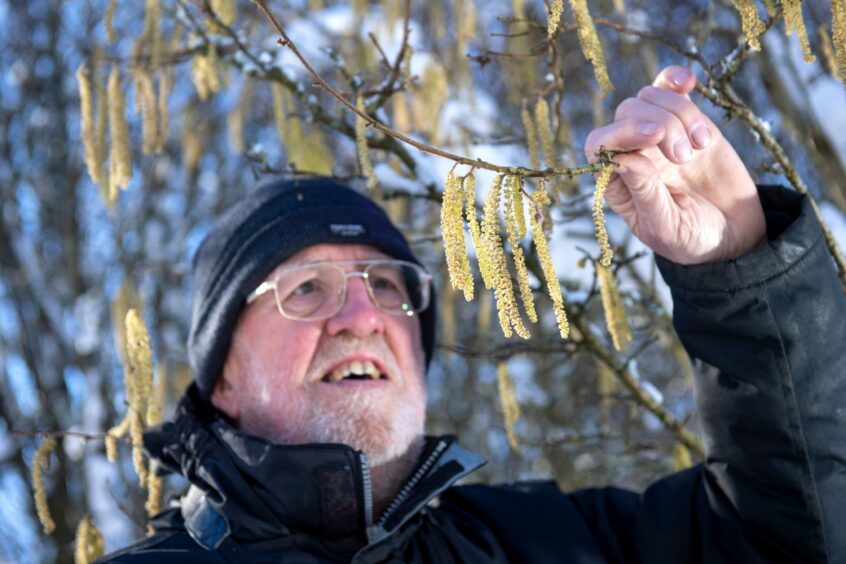
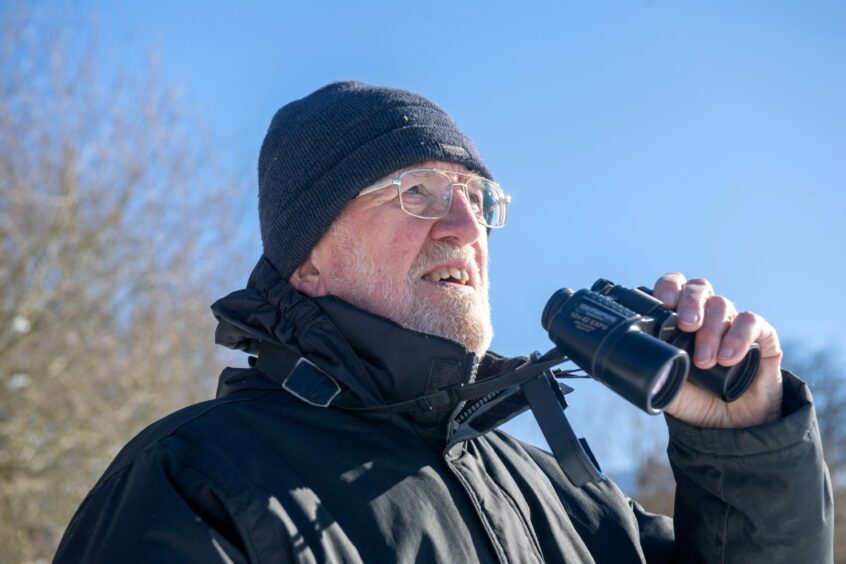
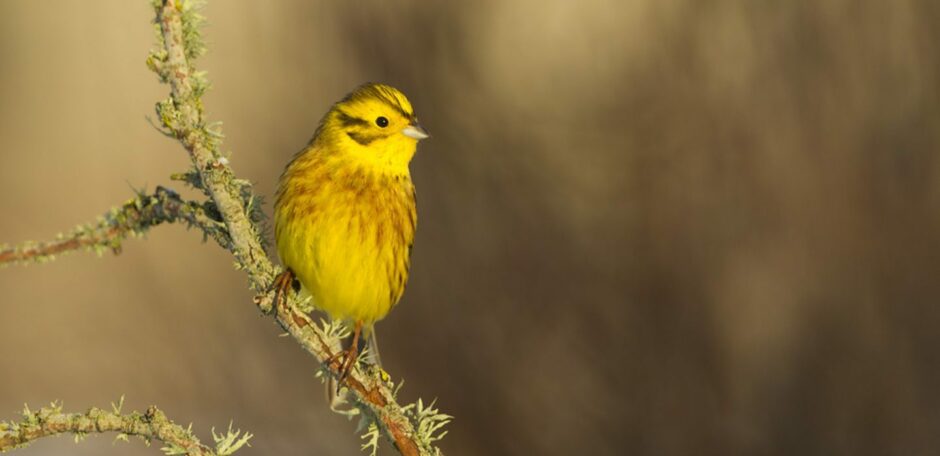
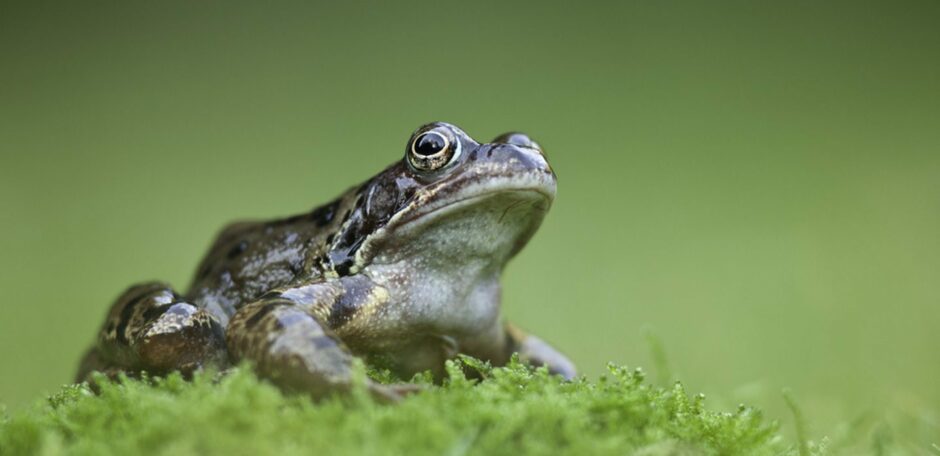

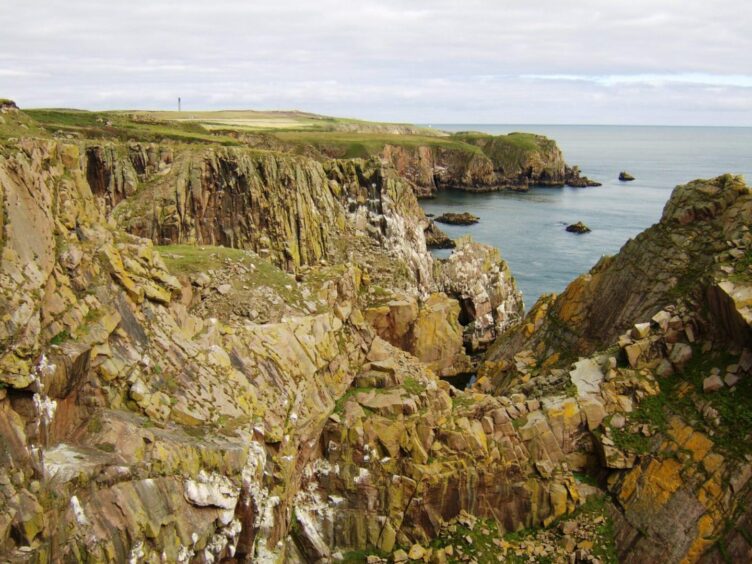
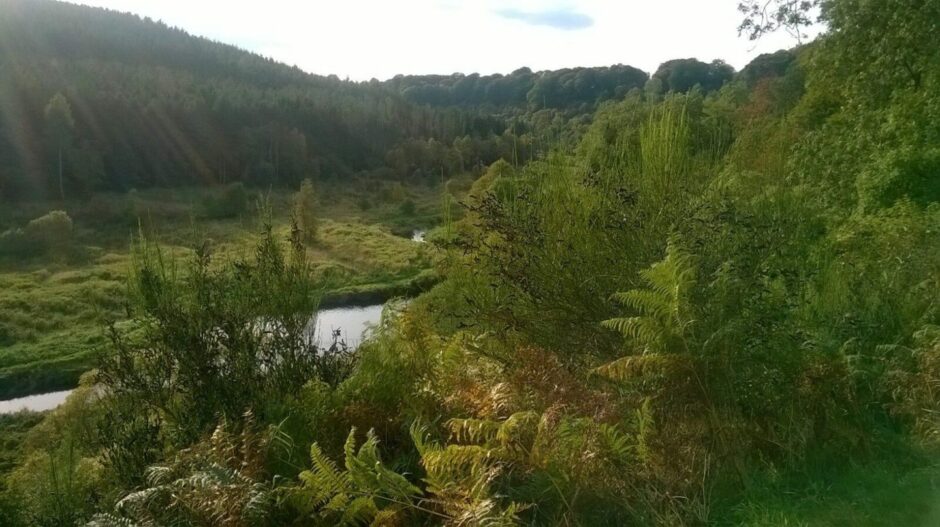
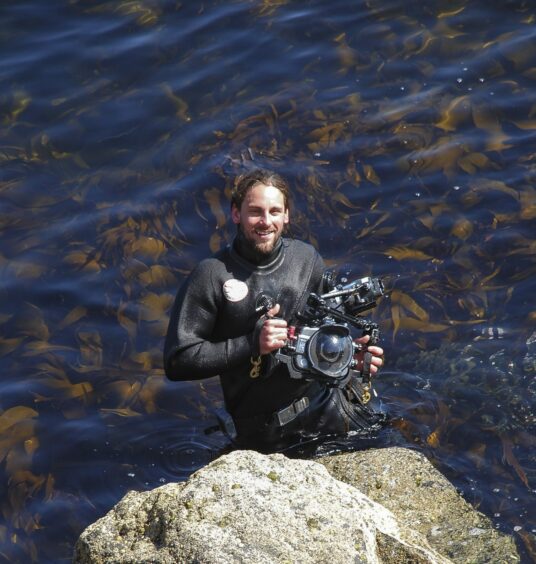
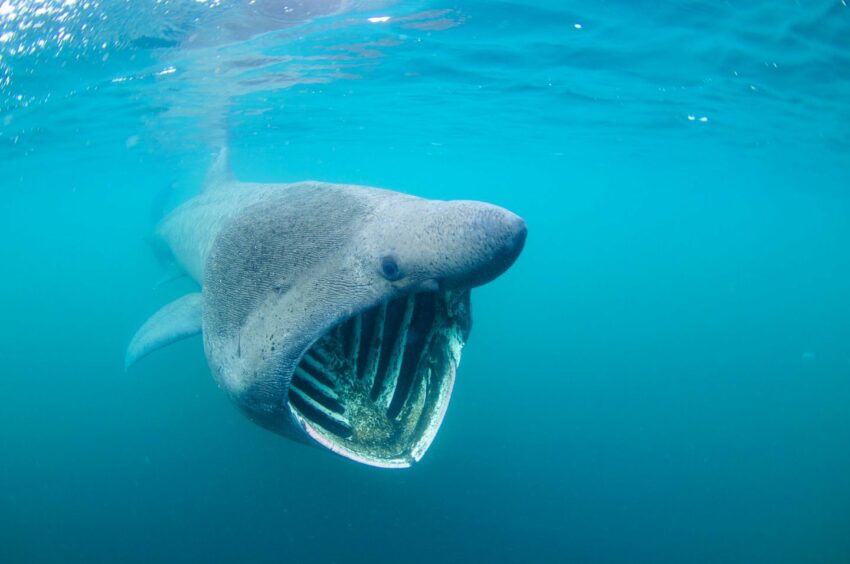
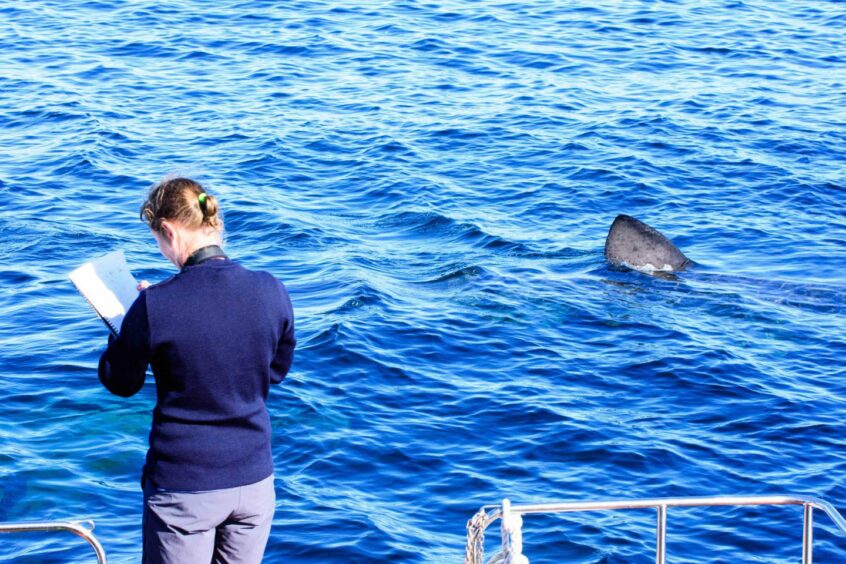

/cloudfront-ap-southeast-2.images.arcpublishing.com/nzme/6LNWD6GT2VARDOOSGYRZR3SRGU.jpg)





